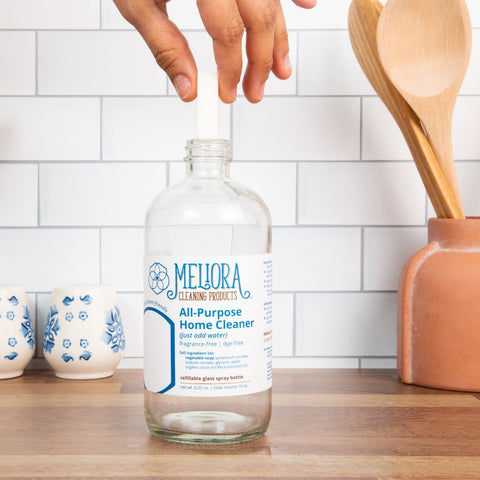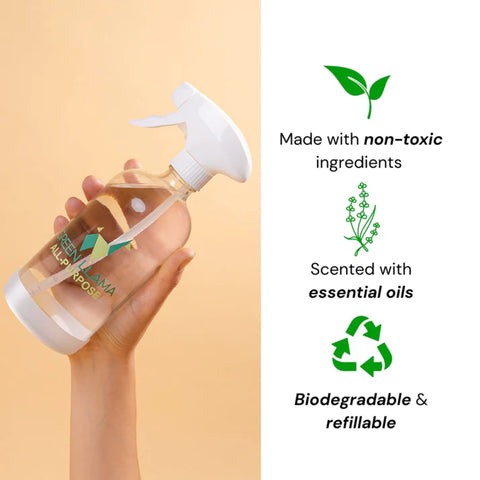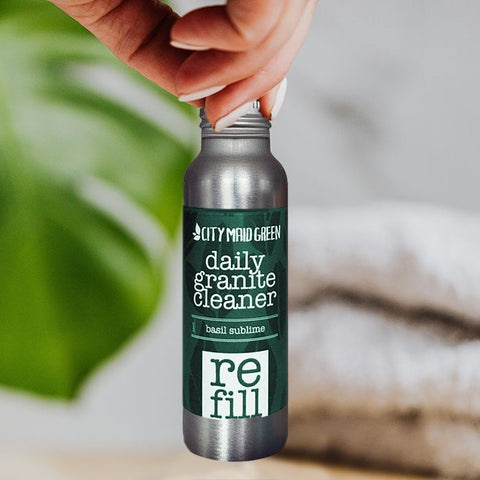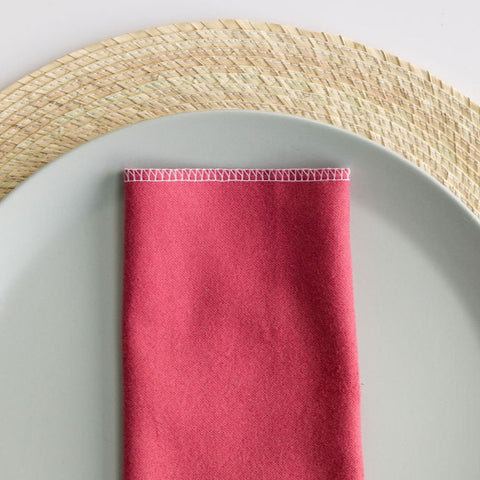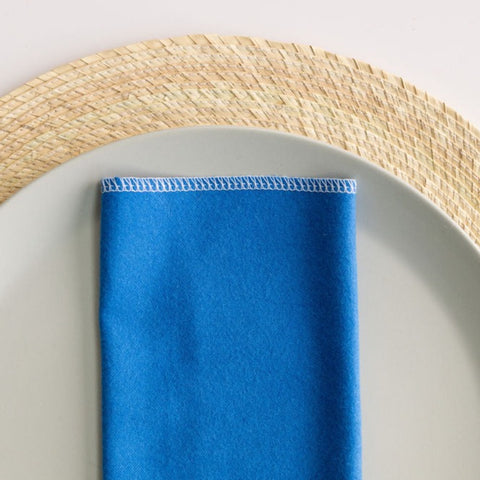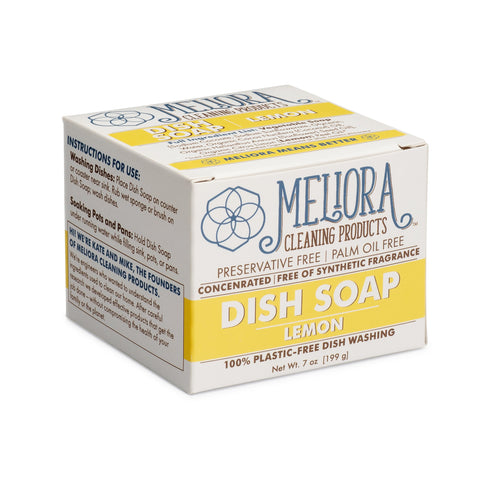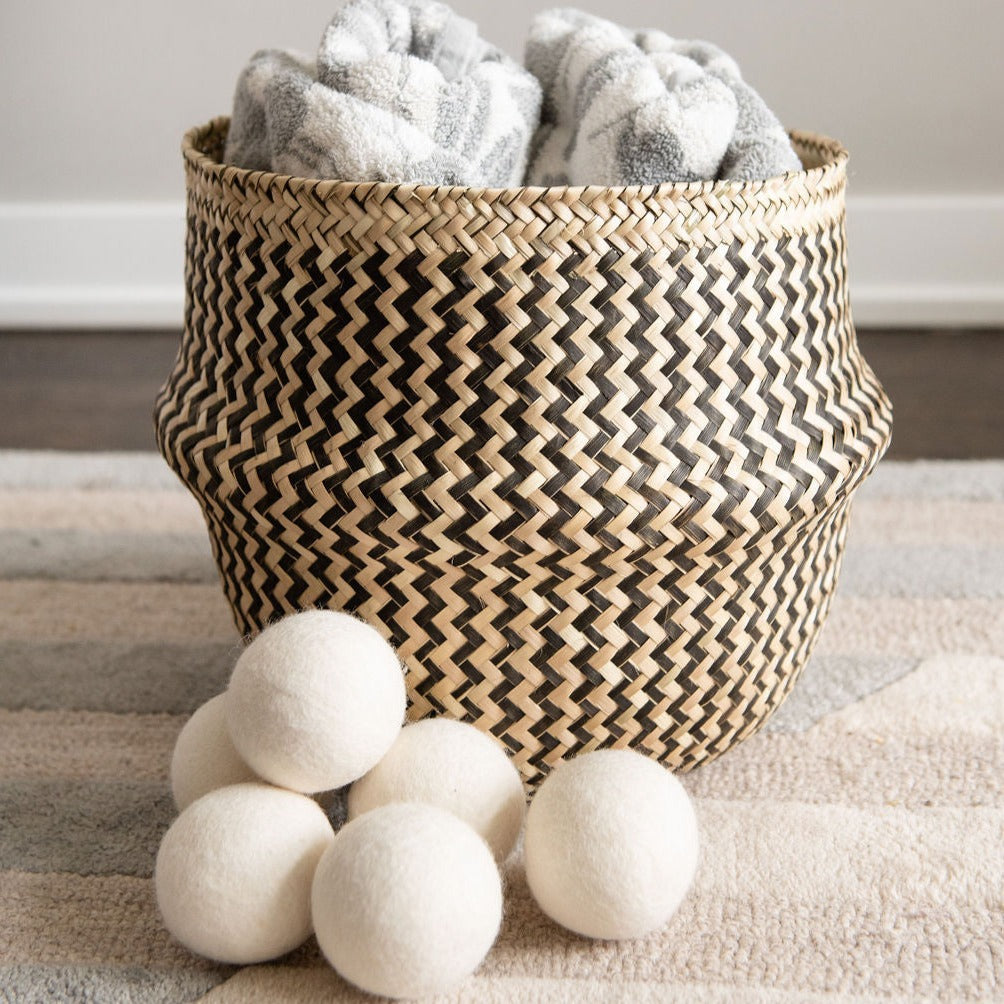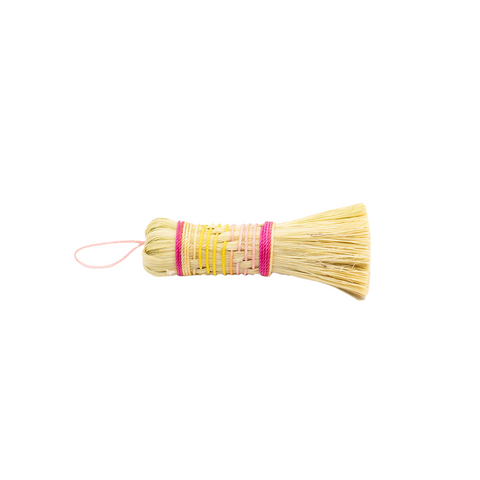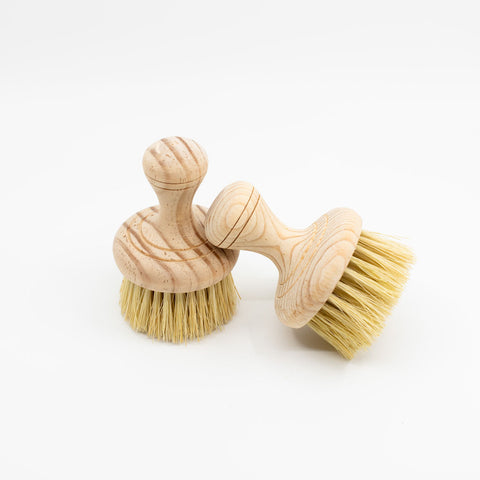Sustainable Spring Cleaning - Your Guide for an Eco-Friendly Cleaning
Breeze into Spring with Sustainable Cleaning: Your Ultimate Guide to Eco-Friendly Cleaning!
Spring is a season of rebirth and a great time to reinvigorate your space with a new routine. We're helping you breathe new life into your home with this Sustainable Spring Cleaning Guide.
Say goodbye to harsh chemicals and wasteful practices, and join us on a journey towards a greener, cleaner home environment. From eco-conscious cleaning products to mindful practices that minimize your carbon footprint, we've curated everything you need to make this spring a season of renewal for both your space and the planet.
History of Spring Cleaning
The earliest records of what we know today as Spring Cleaning are rooted in cultural and religious traditions from the Middle East and China. In ancient Iranian and Chinese cultures, the home was thoroughly cleaned in preparation for New Year celebrations. The Jewish practice coincided with the cleansing of the home in preparation for Passover.
Spring Cleaning also makes practical sense: the warmer weather of early Spring allowed people to open doors and windows to air out their homes and remove dust, residue from coal stoves and fireplaces before insects arrived for the season.
Reclaiming the Tradition
A clean house can be good for your health by removing dust, mold and other pollutants. But it's important to use eco-friendly cleaning products that don't harm our bodies or the planet.
Say adios! to harsh chemicals and single-use plastic, and welcome eco-friendly, low-waste alternatives that not only refresh your space but also reduce your carbon footprint.
We're sharing 7 sustainable spring cleaning tips to help you get a cleaner, greener home.
1. Choose Non-Toxic Cleaning Products:
Ditch the harsh, toxic chemicals in your cleaning routine. Many common cleaning products contain harsh chemicals (including fragrances) that are bad for our health and planet.
The American Lung Association warns of volatile organic compounds (VOCs), chemicals that are vaporized into the air and can cause harm to our lungs and trigger respiratory complications. They recommend opening windows and doors while cleaning with conventional cleaning products to keep the area well ventilated.
If you're ready to make the switch to eco-friendly cleaners, here are our recommendations for where to start:
We've curated more eco-friendly, nontoxic cleaners in our Cleaning Collection. Look for products that are biodegradable and/or are packaged with zero waste. Choose products that are plant-based, cruelty-free, and/or concentrated to reduce water use and make the product last longer.
2. Ditch Single-Use and Turn to Reusables
Cleaning rituals can produce a lot of single-use waste that ends up in landfills. The EPA estimated that in 2018, a whopping 17 billion tons of paper ended up in landfills. Paper napkins also contribute to deforestation and climate change. As many as 51,000 trees per day are required to replace the number of paper towels that are discarded every day.
Do your part to minimize unnecessary household waste by switching to reusable cleaning cloths, like microfiber cloths (these are made from recycled materials), washable mops, and reusable cloth towels or napkins.
You can even repurpose old clothes as cleaning rags! Our mama famously liked to use our old cotton gym t-shirts for cleaning after we'd outgrown them.
Pro Tip: All of these reusable, cotton napkins are machine washable. Just make sure to skip fabric softener. Fabric softener reduces the absorbency of fabric and can contribute to the gradual breakdown of fibers.
The beauty of reusable cleaning products is that you can reuse over and over again, which is not only good for the planet, but also saves money in the long-term. As our dad says: bueno, bonito y barato!
3. DIY Your Cleaning Solutions:
You can avoid harmful chemicals and reduce single-use plastic by making your own DIY cleaning spray. But as with all cleaning solutions, make sure to test it first!
- Mix 3 parts water and 1 part distilled vinegar in a spray bottle and use it to clean kitchen or bathroom surfaces.
- Wipe down with a reusable cloth towel or cloth napkin.\
You can swap distilled white vinegar for apple cider vinegar and add fresh squeezed lemon juice for extra cleaning punch.
Important Note: Vinegar can discolor some surfaces, so test it first to ensure it's safe. Improperly diluted vinegar is acidic and can also eat away at tile grout. Don't use vinegar solution on marble surfaces. Vinegar is acidic and can react with the calcium carbonate in your marble and eat away at the stone.

Lemon juice is another natural substance that can be used to clean your home.
Brighten up your faucets: You can use it to dissolve soap scum and hard water deposits, and it's great for shining brass and copper.
Garbage disposal drain odors: Put a whole lemon peel or orange peel through the garbage disposal; it freshens the drain and the kitchen.
Lemon is a hero ingredient in two of our most popular eco-friendly cleaning products:
4. Use Refillable Cleaning Products
Refillable cleaning products are a great way to break the cycle of waste created from single-use products. Refillable cleaning products are designed to eliminate single-use packaging by combining a reusable container with refills that can be purchased separately.
These effective, eco-friendly cleaners are also a better bang for your buck and can save you money since you’re only paying for the powerful cleaning ingredients, not the water that comes with most cleaners.

Many types of cleaning products can be refillable, including toilet bowl cleaners, granite cleaners, all purpose spray, dish soap and hand soap.
Refills are especially helpful for commonly used cleaners in your home, like dish hand soap. The next time you run out of hand soap, dish soap or body wash, invest in a zero waste refill.
5. Hang Dry More Often
Our abuelita was a big believer in hang drying clothes. She argued that dryers ruined clothes and were a waste of money. She was really onto something!

In many houses, dyers are the 3rd most energy intensive appliance. Hang drying your clothes can significantly reduce the average household's carbon footprint.
You don't have to make a drastic switch to see an impact. Even hang-drying clothes once in a while can reduce your carbon footprint, lengthen the lifespan of your dryer, and reduce your energy bills.
And remember, hang drying can work indoors, too. So let's go back to the basics our ancestors taught us and hang dry our clothes more often.
If you can't let go of your drying habits, use wool dryer balls, to reduce drying time by 15-30% and save energy.
6. Connect with La Cultura Through Composting
Composting has a long tradition in Latino cultures.
The Aztec city of Tenochtitlan, composting was common practice. Food scraps and other organic waste was either composted in home gardens or carted away on canoes and composted in a system called Chinampas. Chinampas are a type of field that is built into a lake by placing a wooden box into the lake bed and filling it with layers of earth and compost. Nutrient-rich compost from chinampas was used to fertilize crops and feed the populous city.
This ancient method of composting was reflected our ancestors' profound respect for the cycles of life and the importance of preserving the health of the land for future generations.
Get started with a compost bin or pile in your backyard, and watch as your organic waste transforms into nutrients for your garden.

Use compostable cleaning tools, such as agave fiber cleaning brushes, to reduce your reliance on single-use plastic products. When compostable cleaning tools reach the end of their lifespan, they can be composted along with other organic waste to create nutrient-rich soil amendments.
By composting your everyday cleaning products, you're helping avoid trash in landfills but also enriching the earth's soil ad promoting healthy plant growth.
7. Ditch Toxic Floor Cleaners
We grew up using neon colored floor cleaners with strong smells of fake flowers and pines. Turns out many of these commonly used floor and household cleaners are very toxic to our bodies and planet. The Environmental Working Group rates Fabuloso with an F for its environmental and health impacts.
Instead, we use City Maid Green Wood & Floor Cleaner.
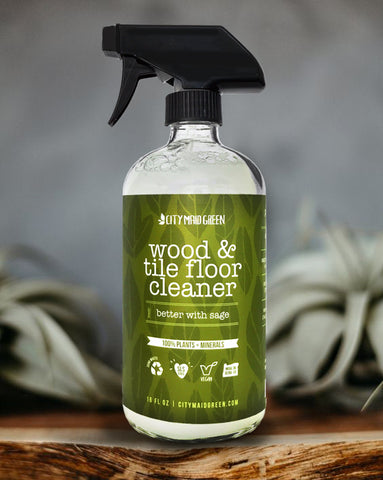
Final Thoughts
The best way is to tackle spring cleaning is to take it one step at a time. Don’t feel the need to tackle everything at once or make all of these swaps at the same time. It's okay to take your time.
Now that you’ve got some sustainable tips and tricks for spring cleaning, it’s time to break refresh your space and celebrate the start of a new season.
